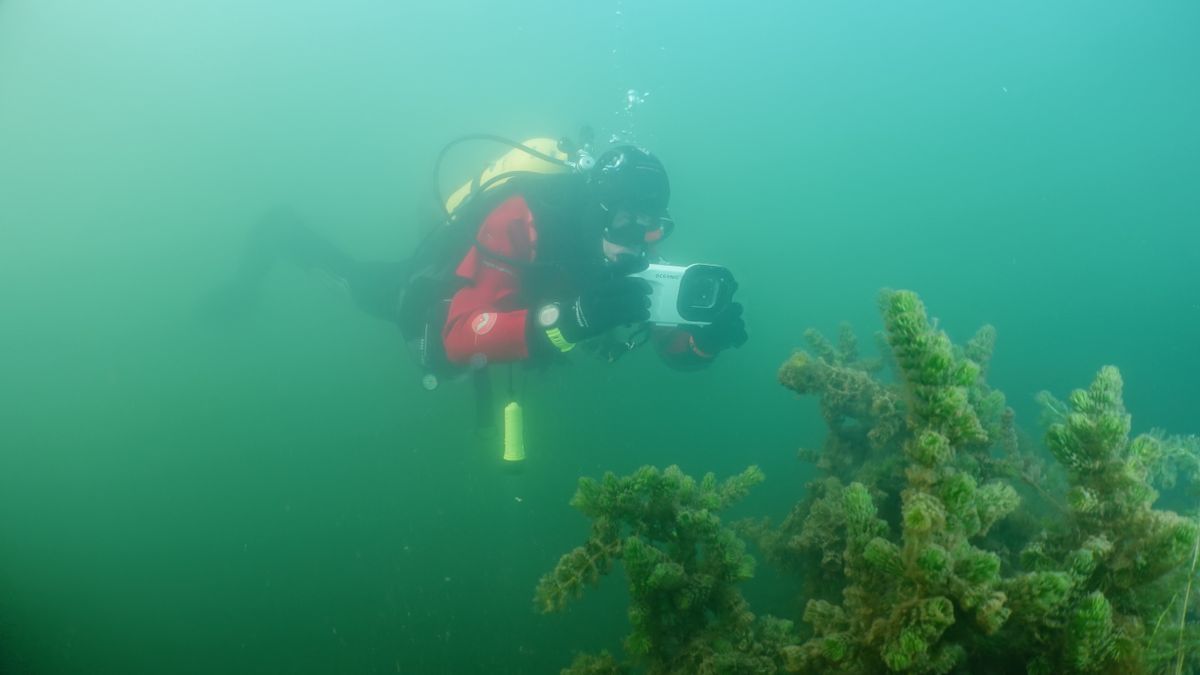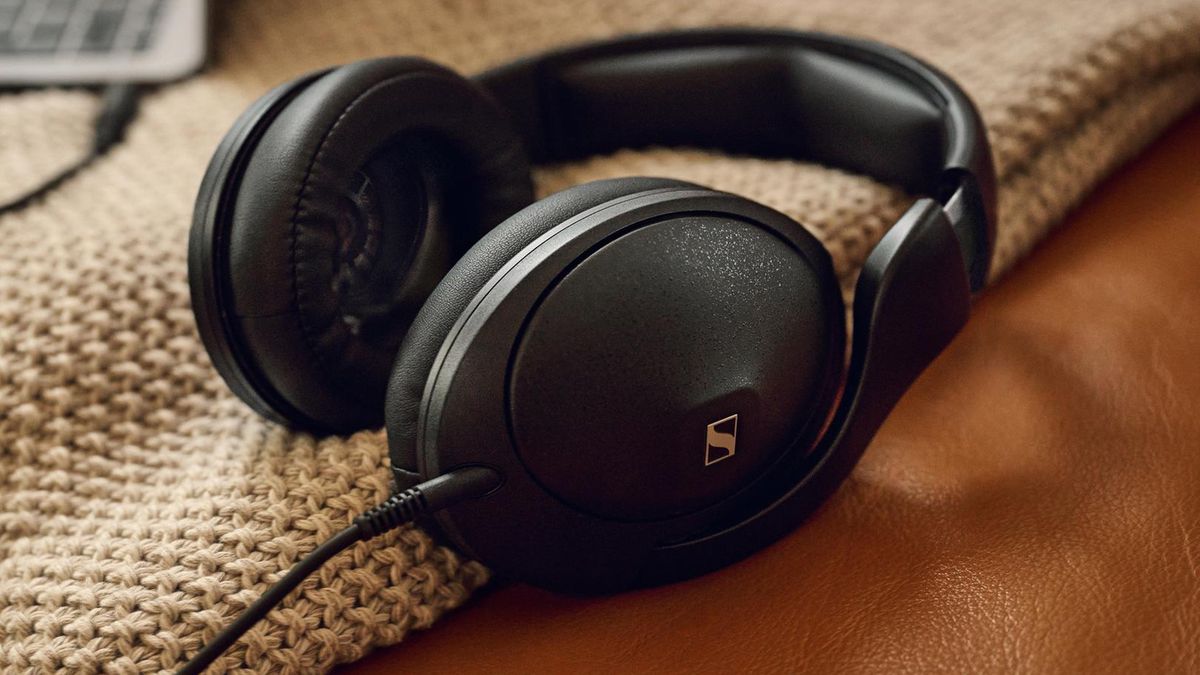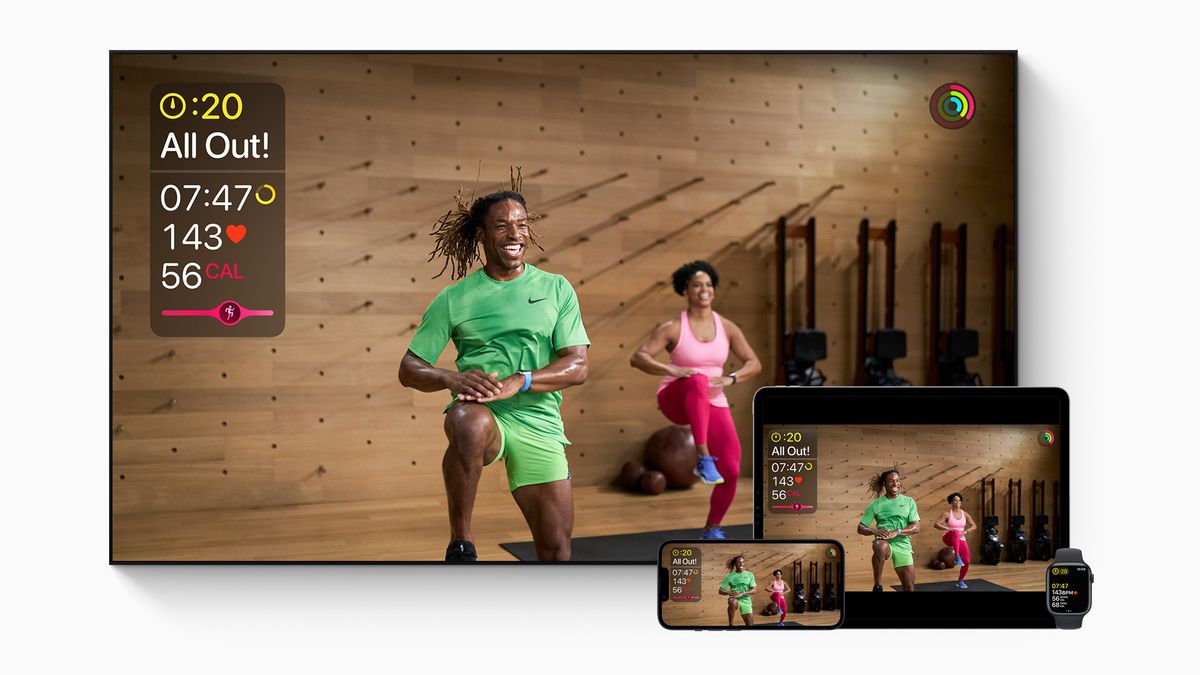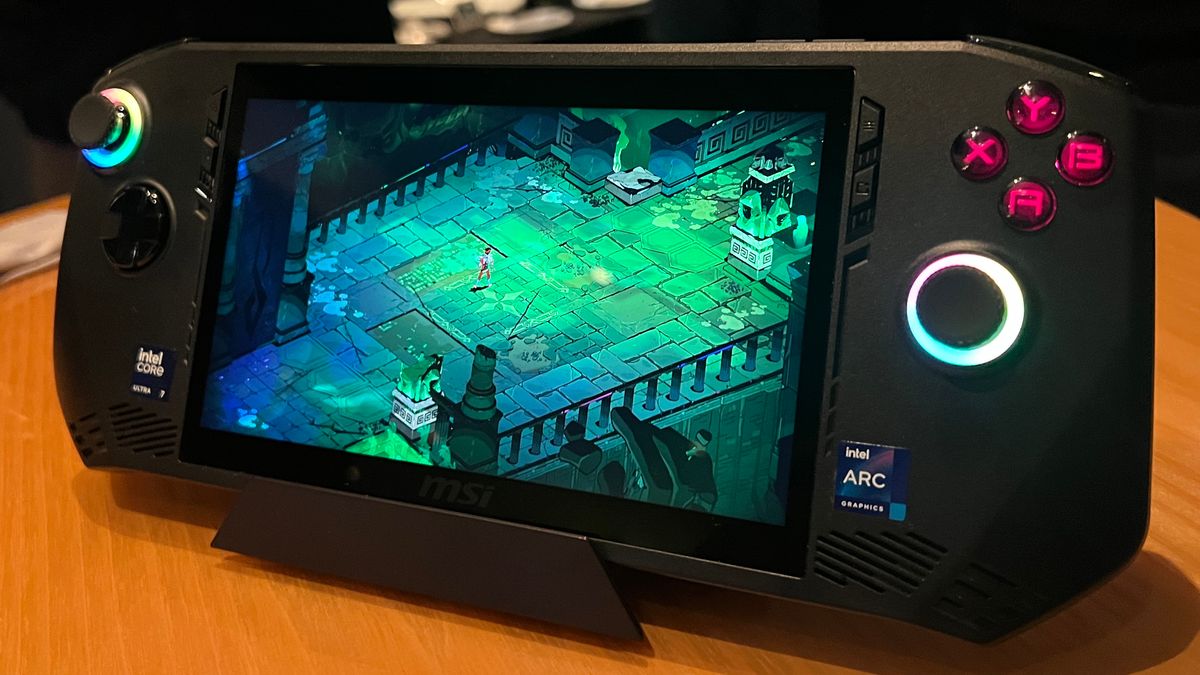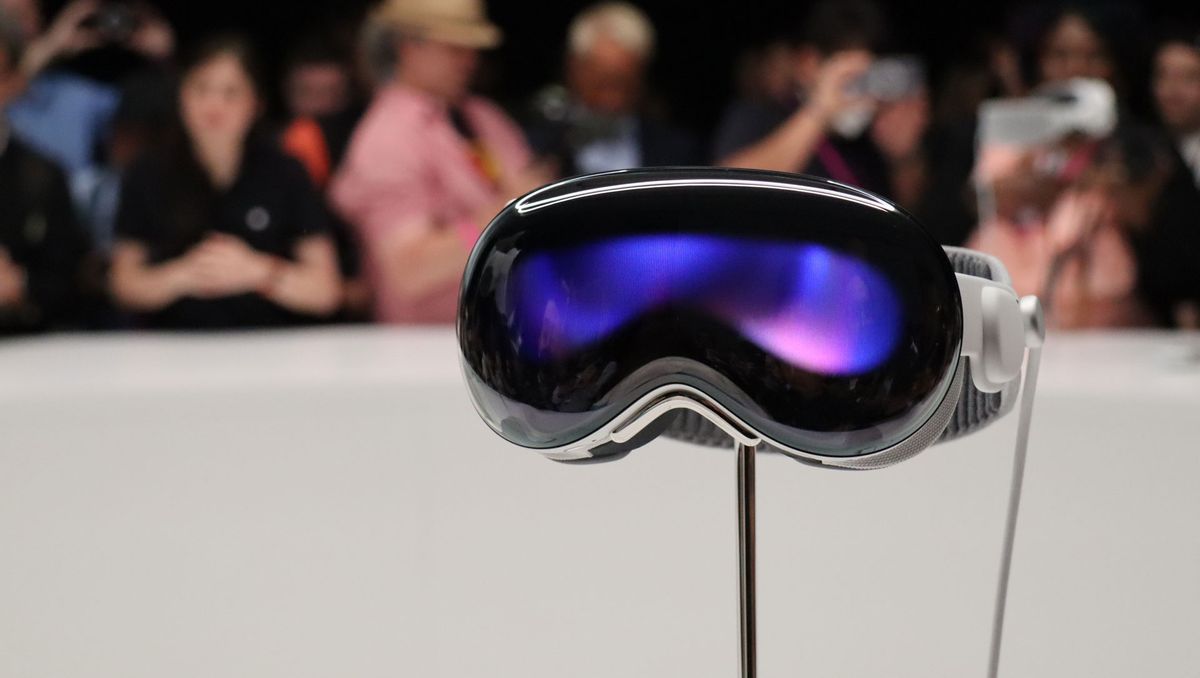So far, I've been impressed with the Oceanic+ app on my Apple Watch Ultra to the point that I now use it as my secondary dive computer, along with a Suunto D5.
While I'm happy with my computer setup, my search for a suitable camera has been less fruitful. I've tried a few and been disappointed by all of them so far, for various reasons, including poor quality and poor battery performance.
When Huish Outdoors, the same company that designed the Oceanic+ watch app, announced that they would be building a phone case designed to withstand my iPhone up to 60 meters (well beyond where most recreational divers would be found), I couldn't. I have not been happier. After all, I stopped using my DSLR on dry land because my best camera phone now fits in my pocket.
Luckily for me, the Oceanic+ Dive Housing arrived just days before my iPhone 15 Pro, just as the diving season here in the UK is coming to an end.
What can the Oceanic+ Dive Housing do that my camera can't?
After a fairly lengthy setup process (more on my experience with that below), you'll be faced with a full-screen camera view where you can switch between taking photos and videos, or enter a smart mode that takes a photo periodically ( you can define this) while we film.
You can also play with things like contrast, white balance, quality, video stabilization, focus mode, which of the lenses you want to use (including ultra-wide), and file type (including RAW), everything which can be changed when you go underwater via the keyboard, which connects to the phone via Bluetooth.
Because the Dive Housing also has its own temperature, depth, and pressure sensors, it serves as its own standalone dive computer, separate from any Apple Watch Ultra that can also run the Oceanic+ app (or just the pre-installed Depth app). Bluetooth signals don't transmit well underwater, so it makes sense for the two to be independent.
Current depth and no-decompression time are overlaid at the top right, but you can press the keyboard to zoom in on this view and get the same type of information you'd expect from the watch app, including dive time, ascent rate and a compass. , and more.
The case itself is quite large and has a thick grip, but you can also choose to attach a lanyard or use one of the three mounting threads. This is really important, because in my case, the entire setup, including the titanium iPhone, weighs 1162g and sinks to the bottom at a pretty alarming rate when dropped. This is a common flaw in most underwater phone cases, but attaching a floating light arm or mounting the kit on a tray can counteract this.
Once you're done, the photos and videos go straight to the app along with the dive log, and you can determine exactly when you took something, along with its depth and temperature. They are also saved in the Photos app on your phone.
It is worth mentioning that it charges with a USB-C connector, which made things a lot simpler because, with the new USB-C connection of the iPhone 15 Pro, I only have to carry one cable.
Like other dive computers, the Oceanic+ watch app and Dive Housing use the Bühlmann ZHL-16 decompression algorithm, meaning it should be as safe as specially designed dive watches.
In terms of accuracy, I found that the Oceanic+ app on my watch, the app on my phone, and the Suunto D5 were always within 0.1m of each other.
My dive with Oceanic+ Dive Housing

With summer coming to an end in the UK and conditions far from exotic, my nearest dive site in a disused quarry has become the testing ground for Dive Housing.
Once equipped, my next step was to use the Action button on the iPhone 15 Pro to launch a routine that I set up using the Shortcuts app. For me, this meant opening the Oceanic+ app, enabling Airplane Mode and Do Not Disturb based on the app's requirements, and locking my car remotely.
The setup process takes some getting used to and involves multiple on-screen steps before the iPhone is finally placed inside the case. This is when the device creates a vacuum and a three-minute pressure check is carried out to make sure your phone is safe before you can dive.
I made the mistake of putting on gloves before setting up the phone, which meant I had to remove the watches from over my gloves to take them off so I could start setup. It was all a bit fake, but with a little practice (and just like the entire preparation process for any dive) it becomes a perfectly choreographed routine.
In order to take pictures with the device, my friends and I stayed close to the surface where visibility was reasonable and the light had not faded.
Even though I was wearing 5mm gloves during the dive, I was still able to use the four-button keypad to change camera modes and check out a more detailed view of my dive. My only complaint about the physical interface is that there's little feedback from the buttons, so while it's easy enough to press them, it can sometimes be unclear if you've actually done it.
Once the photo session was over, we headed deeper to where the light had almost faded and visibility was three feet at best. Normally, conditions like these take the fun out of recreational diving, and having a sense of direction becomes a real headache.
I found that the iPhone 15 Pro's camera could see more than my own eyes when the 6.1-inch screen became a TV in front of my face. You'll see in my photos that the sediment removed by other activities in the quarry-turned-lake did nothing to improve visibility. Navigating through this extra pair of eyes was a refreshing experience and the on-screen compass couldn't have been more welcome.
I'm far from a professional photographer, so I left RAW in favor of Apple's HEIF, which allows software to automatically color correct photos and videos. I was pleased to be able to use the iPhone's full 4K 60fps functionality – the higher frame rate allows divers to take photos of anything interesting during a video with much more precision. The entire time, I stuck to using the 12MP 0.5x ultra-wide lens and didn't notice a major drop in vision from the 120-degree field of view compared to my DJI Osmo Action 3's 155-degree field of view.
I noticed that in shallower water and where the sunlight is particularly strong, a reflection can sometimes appear in the middle of the shot because the iPhone lenses are just a few millimeters from the outer casing of the case. diving. However, conditions were poor and even the professional camera used to photograph me with the dazzling 20,000 lumen lights was having problems. It's also not a problem unique to the Oceanic+ kit, and many other phone cases suffer from it as well. Huish Outdoors told me that adjusting the position of the iPhone can help eliminate this, particularly by moving it to the left.
Having a good idea of your surroundings, conditions and dive parameters at all times is key to a successful dive and while looking through a screen is definitely not recommended, having that extra tool in my hands was a game changer. . A normal underwater camera or action camera wouldn't be able to gather all this information in one place.
Will I continue using Oceanic+ Dive Housing?
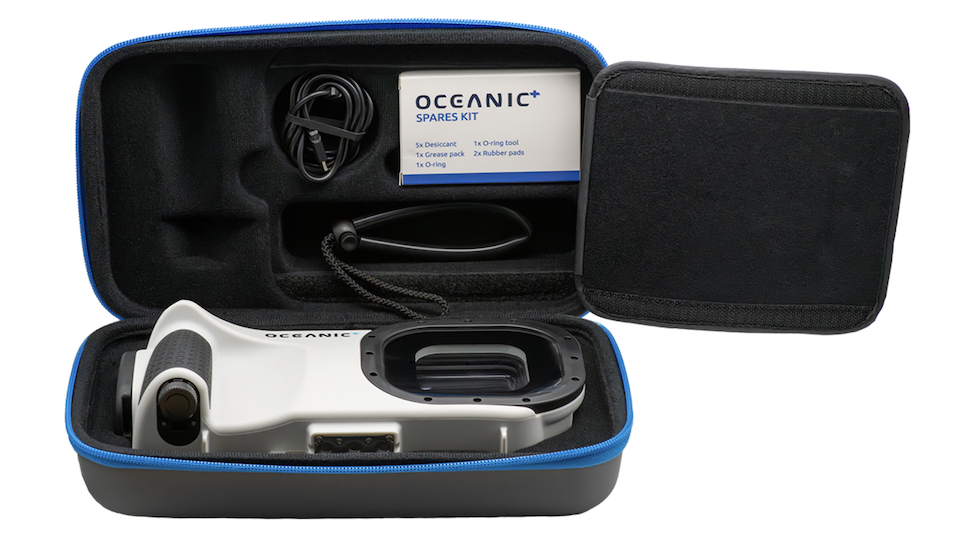
Let's get the price aside, because at almost $500 it's an incredibly expensive piece of kit. Add that to the $999 / £999 / AU$1,849 price of the iPhone 15 Pro, and another $799 / £799 / AU$1,399 if you're looking for the latest Apple Watch Ultra 2, and it gets expensive very quickly.
Despite this, I think Oceanic+ Dive Housing is still good value for money. That's because you can easily spend upwards of $300 / £300 / AU$500 on a DJI Osmo Action 3 or GoPro Hero 12 before adding dive-specific accessories, and that's a device you'll probably want to replace fairly regularly. as camera technology improves.
I replace my iPhone every year (or most years) anyway, which means I can have the latest camera technology inside the same diving case several years later.
If reading about my success with the Oceanic+ Dive Housing made you want one, you can order the device from $490 in the US, £519 in the UK, and AU$979 in Australia.

